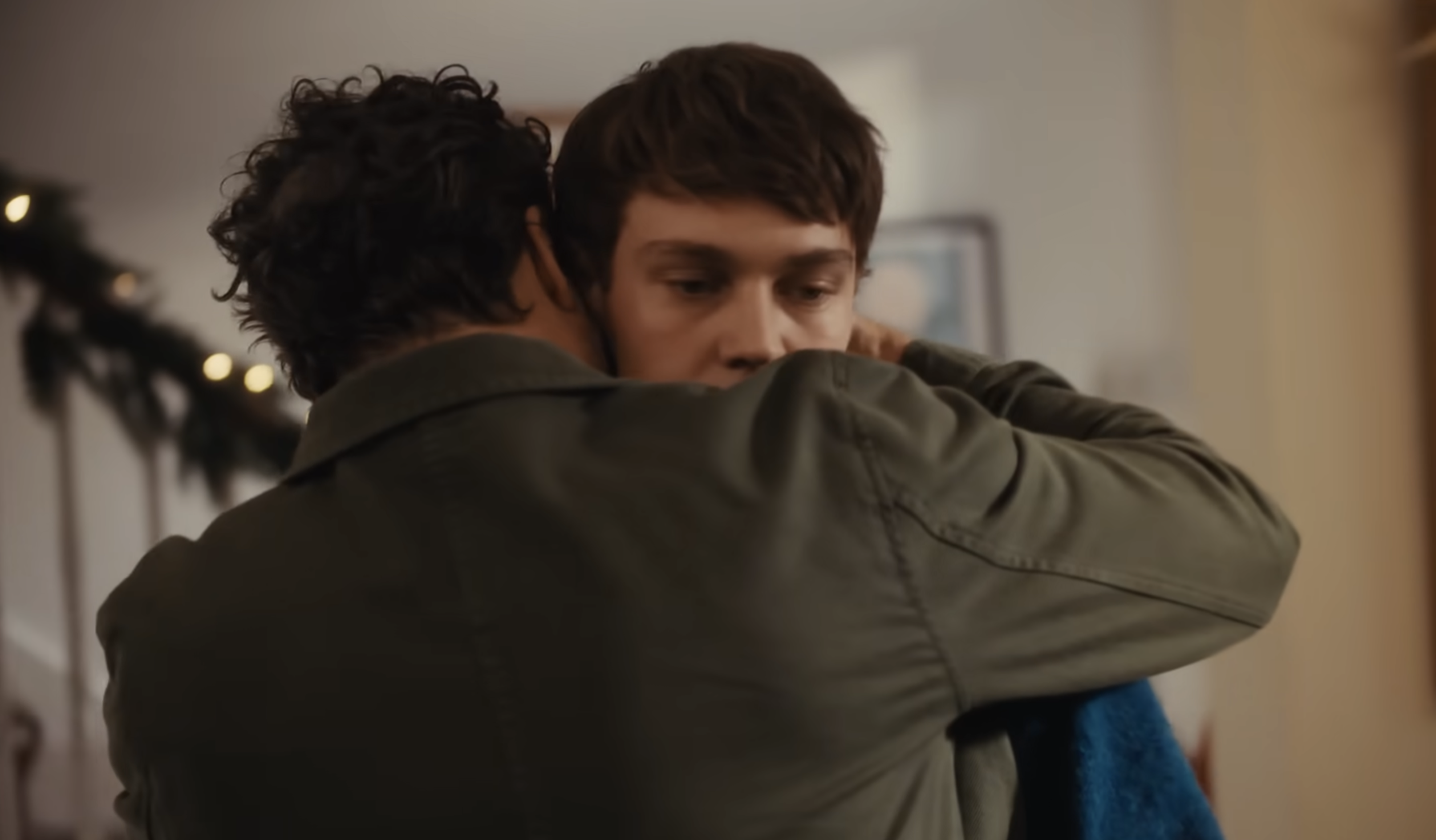Freelancing: in case of emergency
What do you do when it all goes wrong? Chris Clarke explains how he deals with disaster
I once had to dash from a meeting in Clerkenwell to one at Oxford Circus. In my haste to catch the client, I didn’t turn the laptop off fully. Upon arrival, the laptop had been rattled so heavily on my back that the document I’d been working on was completely lost. I had to explain both why I was sweaty and late, and why the presentation did, and yet didn’t, exist. This client was flying the next day and I needed to get the laptop fixed overnight, but nothing ever runs as smoothly as you first plan, and I was delayed by two days. In the end I drafted in another freelancer to help me share the workload. But paying them, plus the cost of the repair and that of another client meeting, ended up being quite an expensive lesson for me.
Such lapses are sometimes unavoidable, but what can you do to help cushion the blow of the extraordinary? Without knowing the lunar calendar off by heart or flood levels in your nearest city, there is little you can do to prevent against natural occurrences. But you can be sensible, structured and organised with relevant file backups and insurance. A healthy level of dystopian fear is useful. And owning devices that enable you to communicate on the move, plus keeping as much work as safely as possible in cloud internet spaces, means you’re much more flexible to work anywhere.
Almost every studio that I’ve worked in has experienced a break-in and, after a fire in one, almost everyone commented that the saddest thing they lost was their archive of printed work. It’s always worth duplicating your folio between your studio and your home.
Freelancing doesn’t have sick pay and quite often I’ve found myself propped up on pain killers trying to see through my increasingly teary eyes. It’s not a healthy way to work, but where a certain level of art direction is already in place, I can outsource projects to freelancers. This relationship works well and also enables you to take time off sensibly when you’re due a holiday.
We’re all human, and sometimes the unavoidable does happen. If you do have to let a client down, offer solutions. If you’re engaged with the project, have kept your client updated throughout and have a strong enough relationship, the client will respect your professionalism. It’s also important to understand the gravitas of certain projects before even starting them. We can’t help the unavoidable, but we can be professional in dealing with it.
Daily design news, reviews, how-tos and more, as picked by the editors.

The Creative Bloq team is made up of a group of art and design enthusiasts, and has changed and evolved since Creative Bloq began back in 2012. The current website team consists of eight full-time members of staff: Editor Georgia Coggan, Deputy Editor Rosie Hilder, Ecommerce Editor Beren Neale, Senior News Editor Daniel Piper, Editor, Digital Art and 3D Ian Dean, Tech Reviews Editor Erlingur Einarsson, Ecommerce Writer Beth Nicholls and Staff Writer Natalie Fear, as well as a roster of freelancers from around the world. The ImagineFX magazine team also pitch in, ensuring that content from leading digital art publication ImagineFX is represented on Creative Bloq.
